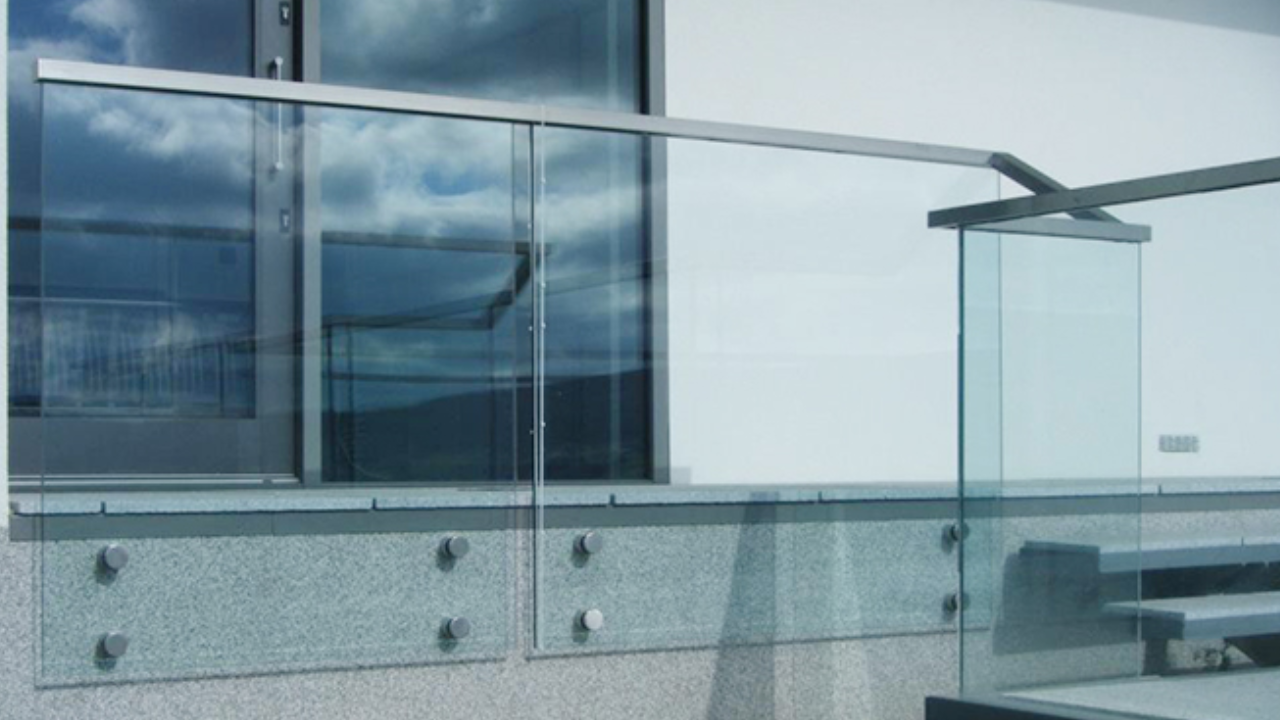The ergonomic importance of contemporary glass railing layout for stairs lies in its capacity to combine protection, consolation, and aesthetics seamlessly. In contrast to conventional railings, modern glass designs prioritize the readability of space and light, developing an open and visually expansive environment. Ergonomically, those railings are crafted with smooth, rounded edges to ensure a cozy grip without pain.
Moreover, current designs take into account popular accessibility, accommodating customers of all ages and skills via considerate placement and ergonomic considerations. For more information, click here and see more details. Handrails are located at the finest heights to assist natural movement, while clean, visible contrasts and non-slip surfaces ensure safety in numerous environmental conditions.
Various Ergonomic Factors Which Influence the Design
Ergonomic concerns play a considerable role in the design of glass stair railings, ensuring they're no longer only handiest and aesthetically alluring but also useful, safe, and relaxed for customers. Right here's an in-depth examination of how ergonomic elements impact the design:
Handrail Design and Height
Handrail design and top are crucial factors of ergonomic attention in glass stair railing systems. Designers prioritize a grip-friendly texture and clean transition at corners, making sure users can comfortably and securely navigate stairs without pressure or pain, promoting safety and simplicity of use.
Grip and Texture
Grip and texture in glass stair railing structures are pivotal for consumer safety and comfort. substances chosen, which include stainless steel or textured glass, provide an easy grip to prevent slipping. Ergonomic issues dictate a balance between smoothness and tactile comments, ensuring a cozy preserve without causing discomfort or abrasions to users' arms. This careful choice enhances usability, in particular in various environmental conditions, supporting both the aesthetic appeal and useful reliability of the railing device.
Clearance and Protrusion
Clearance and protrusion concerns in the glass stair railing layout ensure unobstructed passage and consumer protection. The designer's goal is to limit protrusions into stair areas, keeping good enough clearance between handrails and adjoining surfaces like partitions or different railings. This technique comprises various consumer movements and hand sizes with ease. With the aid of optimizing spatial configurations, ergonomic principles contribute to a seamless person's enjoyment, increasing ease of navigation whilst maintaining the cultural integrity of the railing system.
Visual Contrast and Visibility
Visible contrast and visibility are vital in glass stair railing design to enhance safety and usability. The contrast in shade or fabric between handrails and the environment improves visibility, aiding users in identifying and utilizing the railing efficiently, specifically in low-mild situations. Tactile markings or textured surfaces similarly enhance visibility and distinguishability. These design issues ensure that cup stair railings now not only meet aesthetic requirements but additionally prioritize user protection and accessibility.
User Experience
Consumer enjoyment of glass stair railing structures is optimized via ergonomic layout concepts that prioritize consolation, protection, and usefulness. Easy transitions, rounded edges, and intuitive handrail placement beautify ease of use and reduce the chance of injuries. By thinking about consumer feedback and value testing, designers ensure that the railing system meets various user needs efficiently. This approach fosters a fine person's confidence and convenience in stair navigation.
Universal Design Principles
Widely widespread layout principles guide glass stair railing structures to ensure accessibility and value for all people, no matter their age, capability, or stature. Features consisting of adjustable heights, clear markings, and ergonomic handrails accommodate various user needs. By integrating inclusive design factors, inclusive of smooth-to-grasp surfaces and intuitive layouts, these structures promote independence and protection, aligning with everyday layout principles to enhance common usability and accessibility.
Feedback and User Testing
Remarks and user testing are essential to refining glass stair railing designs for the most beneficial overall performance. Designers acquire user input to assess consolation, usability, and safety components. Iterative checking permits changes in grip, height, and material alternatives based on actual international user studies. This iterative technique ensures that the very last design meets ergonomic requirements and personal expectations, improving the standard of pleasure and usefulness of the railing device.
Summary
Cutting-edge glass railings are the hallmark of modern architectural layout that harmonizes safety, ergonomics, and visual attraction. Ergonomic issues in the layout of glass stair railings prioritize consumer consolation, safety, accessibility, and simplicity of use. By integrating those ideas into the design method, architects can create aesthetically captivating and purposeful stair railings that decorate the general consumer, even promoting protection and accessibility.


